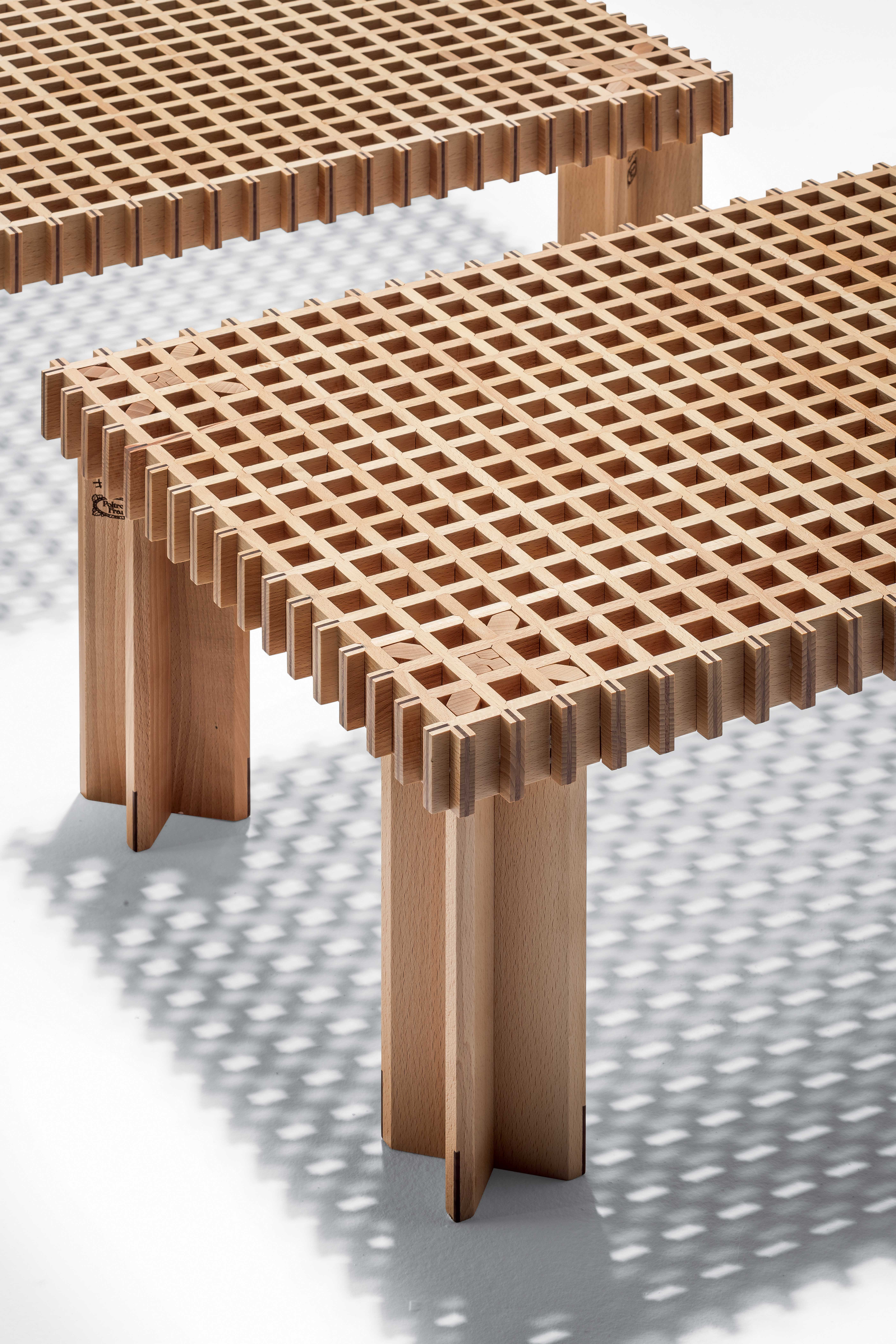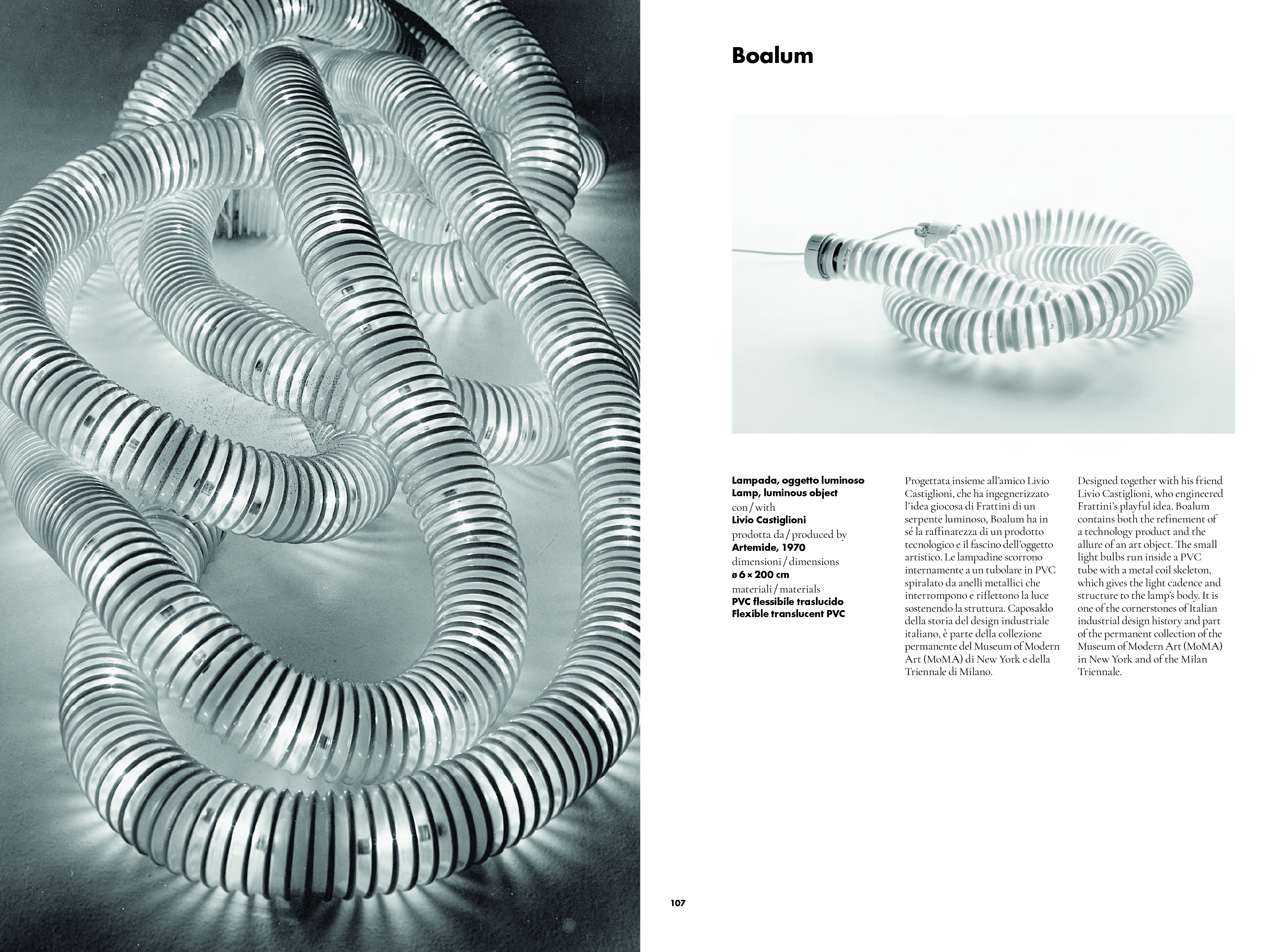
Gianfranco Frattini. Design 1955/2003 is a new book celebrating the life and work of the Italian architect and designer. The book was presented at Milan's ADI Design Museum, where Frattini was a founding member, and follows a retrospective held in 2023 at Palazzo Arese Borromeo in Cesano Maderno (near Milan).
‘Gianfranco Frattini. Design 1955/2003’

Gianfranco Frattini (1926 – 2004) was an architect and designer whose interests and design sensibilities ranged from textile research to domestic interiors, craftsmanship, and industrial design. The book helps to rediscover his production as well as his personal approach to design. ‘It’s a tendency towards discretion, to not show off and to be a part of contemporary life with savoir-faire. Frattini's work exemplifies this attitude,' says Luciano Galimberti, president of ADI.

The volume is enriched by product sheets that describe furnishings and projects in great detail, and the iconographic apparatus reveals original sketches and drawings of architectural projects, photographs of archive pieces, and images from the exhibition.
Among them is the helmet designed for industrial giant Montecatini in 1963, one of the first workplace health-and-safety products produced in Italy: yellow to be visible in large production sites, it was made of plastic rather than metal, a material used until then but difficult to wear for long periods of time. The book is also filled with his most admired pieces: the refined play of resistant joints of the ‘Kyoto’ table, created with the master of wood craftsmanship Pierluigi Ghianda and produced by Poltrona Frau in 1974.

He was known for practising the concept of designing ‘from the spoon to the city’, moving between projects with fluidity and dedication, as explained by the book’s editor Emanuela Frattini Magnusson, who is Frattini’s daughter and an architect and designer herself. ‘What we wanted to express through the exhibition and the book is my father's ability to apply design as a mental process on all scales.’
It is part of his biography: as a student, he worked in Gio Ponti's studio for a few years before establishing his own. There, he met Cesare Cassina, with whom he worked, as well as the renowned fabric designer and weaver Jole Gandolini, with whom he began a lifelong collaboration. But during his career, he designed also for Acerbis, ArteLuce, Artemide, Bernini, Fantoni, Knoll, Lema, Luci, and many more.

The book features designs that are no longer in production, those that are still in production, and various re-editions. Highlights include the playful ‘Boalum Lampada’, designed together with Frattini’s friend Livio Castiglioni and produced by Artemide in 1970: the two had the idea while working at a hotel in Anacapri, and noticed the attendants cleaning the swimming pool with a long vacuum hose.
Then there’s the ‘Sesann’ sofa (meaning 'six years' in Milanese dialect), released by Cassina in 1970 and reissued by Tacchini in 2015, its name referring to the time period since Frattini's previous collaboration with Cassina.
Also emblematic is the CPF apartment in Bergamo, designed in 1956, with a circular heavy curtain delimiting the area of conversation within the large living space, creating a room within a room.

As his approach was to practise design as a mental process that could be applied to all scales, from the urban realm to objects and decoration, the relationship between his projects' materials and craftmanship was critical. Recalls Frattini Magnusson: 'He used to say that “as a designer, I started out in the workshop”.‘
Gianfranco Frattini Design: 1955/2003 is published by Silvana Editoriale.







